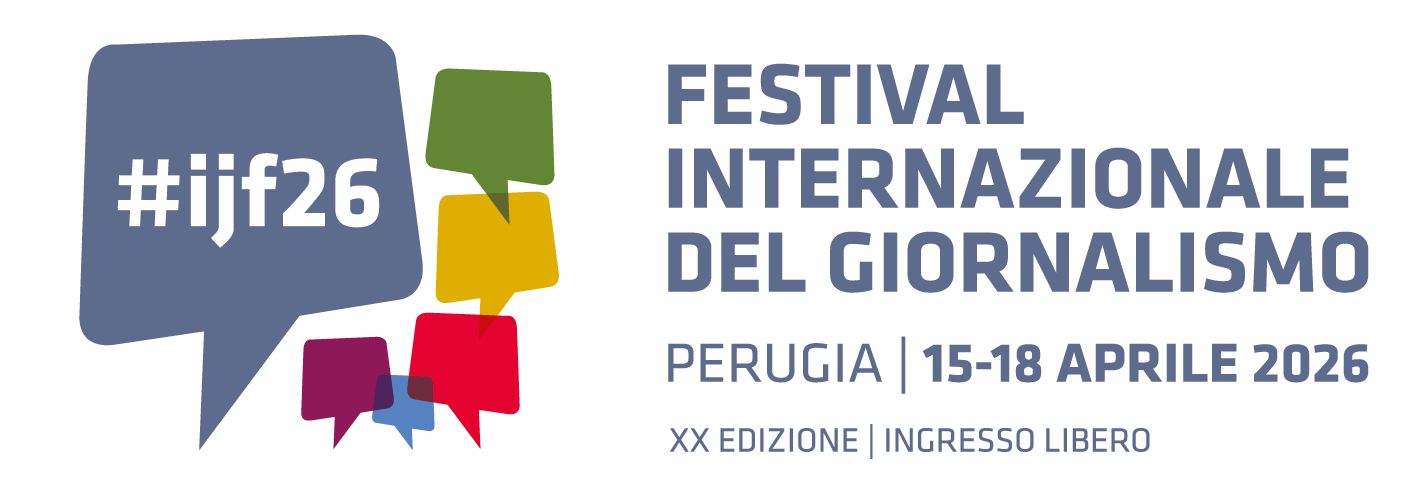“What really worries me is the fact that we all know that our media consumption is bad and addictive, but we still do it” – this authentic quote from a student in Cologne serves as an excellent example of the state of the media. News avoidance and news fatigue are well-documented phenomena, especially prevalent among younger audiences. One in three users in the Reuters Institute Digital News Report 2022 say that they feel worn out by the amount of news. Related studies are on the table, even in newsrooms. But far too many editorial rooms are stuck for various reasons – be it transformative challenges, economic pressure or the old thinking that journalism is functioning as a gate-keeper. Thus, way too little is done in terms of experimenting with content and strategy to address democracy’s need for a well-informed public.
But there is also hope: new approaches and role models that show media companies how to surf information instead of drowning in the overload, empowering recipients to surf the waves of the world's current events. These pioneers come from climate journalism, for example, where contextualizing, perspective-rich, and evidence-based formats have proven particularly effective. Similar solutions can be found in data-driven journalism, with formats that broaden the view, foster a more reflective perspective, and take personal information needs into account using automatization techniques. What connects all approaches is the umbrella term of Constructive Journalism, which teaches us the central message of “less is more”. For example, the Danish news channel DR has reduced the number of news items in its main news program.
This panel will use insights as well as concrete examples from media psychology, data journalism, Constructive Journalism and news literacy research to discuss which obstacles media products and companies need to overcome to help recipients to surf the ever-present wave of information.














